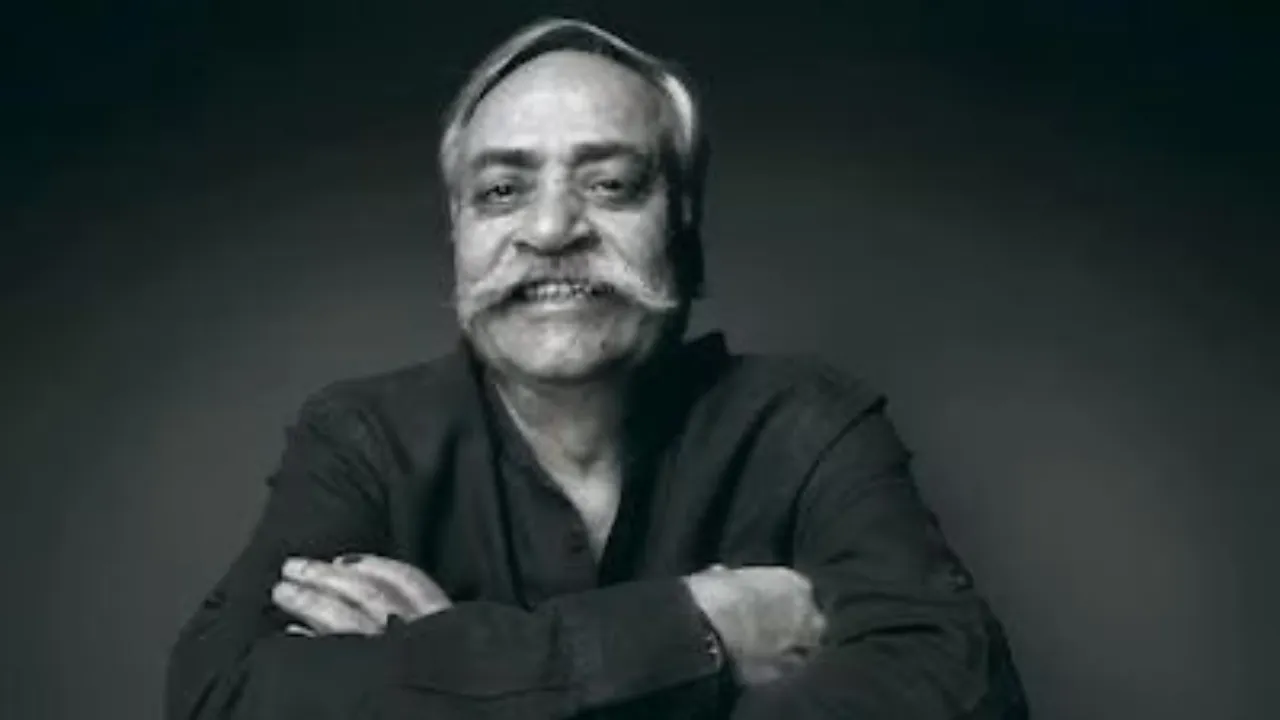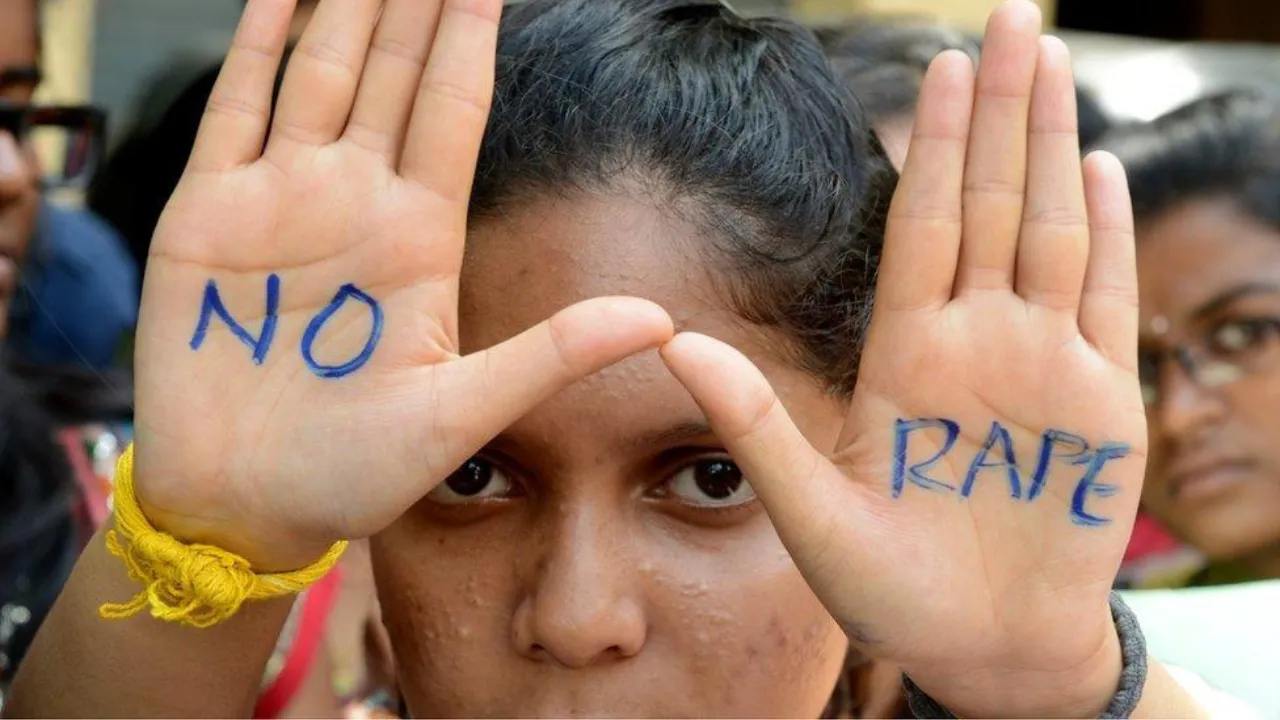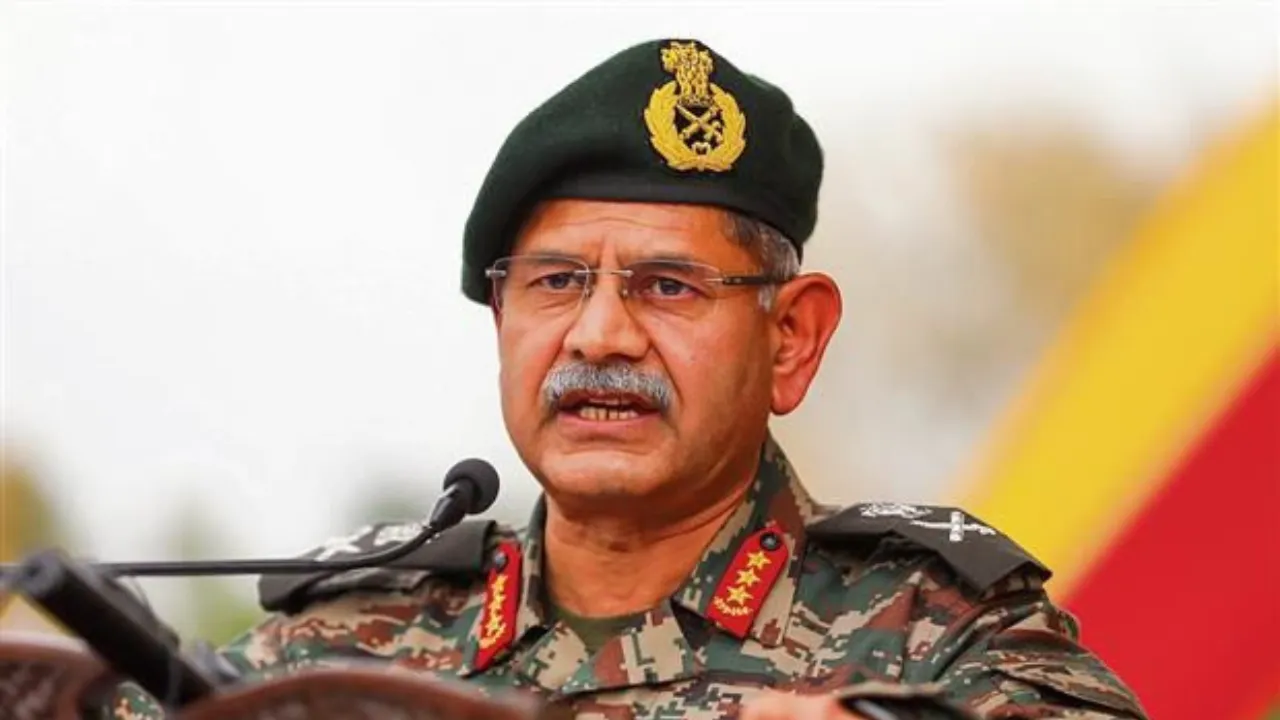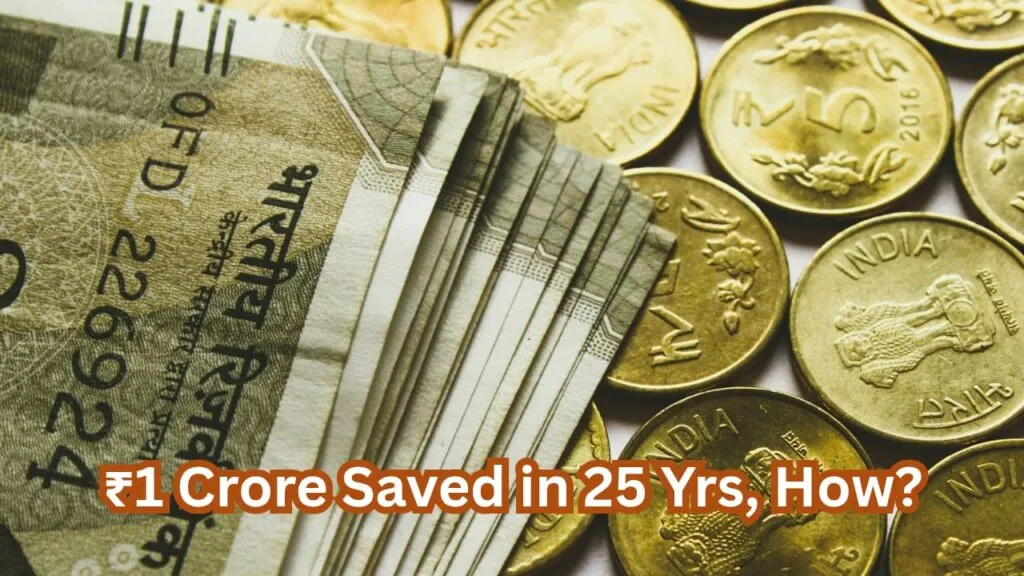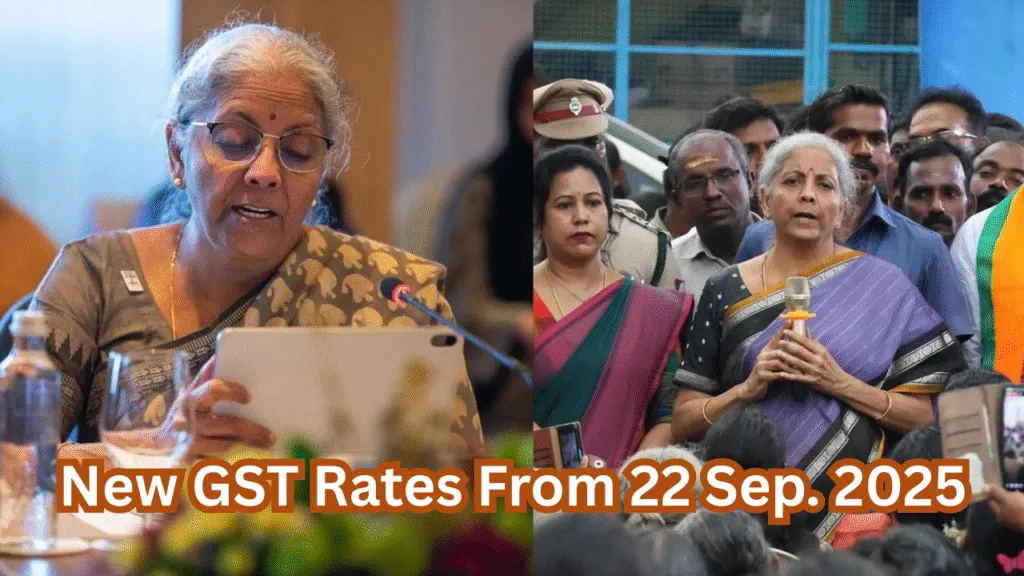Ayodhya flag hoisting marks start of a new spiritual era: Yogi Adityanath
The saffron flag fluttering above the Shri Ram Janmabhoomi Temple in Ayodhya on November 25, 2025 was more than a ritual — it was, according to Uttar Pradesh Chief Minister Yogi Adityanath, the beginning of a new spiritual era for the country. The ceremony, attended by Prime Minister Narendra Modi and top leaders, has been described by state and national leaders as an emotional and symbolic milestone that ties faith, culture and civic pride.
What happened at Ayodhya — a quick, factual summary
On the day of the ceremony, Prime Minister Narendra Modi performed the formal ‘Dhwaj Arohan’ (flag hoisting) atop the temple spire. The specially designed Dharma Dhwaj — a large saffron banner carrying traditional symbols — was raised in a midday ritual during Vivah Panchami celebrations at the temple complex. Thousands of devotees, saints and officials gathered in Ayodhya to witness the event.
Who was present and what the flag represents
Key figures on the dais included PM Modi, RSS chief Mohan Bhagwat and Uttar Pradesh Chief Minister Yogi Adityanath. The flag itself was described by organisers as both a devotional emblem and a cultural symbol — intended to represent the values traditionally associated with Ram Rajya: justice, duty and moral order.
Yogi Adityanath’s message — “the start of a new era”
Yogi Adityanath framed the ceremony as more than the end of construction work: he called it the beginning of a new spiritual and civilisational chapter for the nation. In his remarks, he dedicated the moment to saints, devotees and countless people who contributed to the temple movement, and said the flag-hoisting signalled the reaffirmation of faith and cultural identity across India.
What “new spiritual era” means in practical terms
When political and religious leaders use phrases like “new spiritual era,” they typically mean a renewed emphasis on cultural heritage and values, increased pilgrimage and tourism activity, and initiatives around temple-linked development. In Ayodhya’s case, officials have highlighted the economic and social changes already visible — from infrastructure upgrades to rising visitor numbers — alongside the symbolic significance.
Why the Dharma Dhwaj mattered — symbolic and practical effects
The ceremony’s symbolism is layered. Spiritually, the flag is a visible sign of devotion atop what devotees consider Lord Ram’s birthplace. Politically and socially, the event has triggered discussions about national identity and cultural revival. Practically, the completion of the temple and the flag-hoisting are likely to accelerate pilgrimage tourism, local jobs and investment in Ayodhya, which authorities say is already experiencing rapid growth.
Tourism, economy and local development
Since the temple’s consecration, Ayodhya has seen a surge in visitors and related businesses. State officials project continued tourism-driven growth, with new hotels, transport links and services coming online to handle larger crowds. The flag-hoisting event — widely covered by national media — is expected to keep Ayodhya in the public eye and sustain this momentum.
Reactions — supporters, critics, and neutral observers
The event prompted a mix of responses. Supporters and many religious leaders hailed it as the fulfilment of a long-cherished aspiration and a unifying cultural moment. Prime Minister Modi described the ceremony as “epochal,” saying it fulfilled a civilisational resolve. Some critics raised constitutional and secularism-related questions about state participation in religious ceremonies. Public discourse blended praise, political analysis and legal-constitutional reflections.
How Yogi Adityanath positioned himself in the debate
Yogi Adityanath positioned the event as inclusive and spiritually restorative, emphasising values rather than politics in public remarks. His comments focused on dedication to saints and the idea that the flag-hoisting marks not an end but a new beginning — a phrase meant to appeal to both faith-based sentiments and civic optimism.
What this means going forward — realistic expectations
For devotees and local residents, expect a steady flow of pilgrims and related economic benefits. For the state and central governments, the event will likely shape cultural diplomacy and domestic narratives about heritage. For the broader public, it will continue to spark conversations about religion, identity and governance in a democratic and plural society.
If you’re planning to visit Ayodhya, anticipate large crowds on major festivals and significant security arrangements during high-profile events. The temple trust has already announced multi-day cultural programs and rituals associated with the flag-hoisting, which will extend the city’s festival calendar.
Final take — Yogi Adityanath’s framing matters for public memory
The way Yogi Adityanath and other leaders describe moments like the Ayodhya flag-hoisting plays a key role in shaping how they enter public memory. By calling it the start of a new spiritual era, the Chief Minister signals a narrative that blends devotion, cultural pride and civic renewal. Whether that narrative will translate into long-term social consensus depends on how inclusive and practical the follow-up policies and community dialogues are.
The event is now part of Ayodhya’s modern history: a symbolic peak on a spire that, for many, will stand for years as both a religious signpost and a catalyst for local transformation.
Also Read: Meet the 24‑year‑old Taj Hotel manager who saved 60 lives during 26/11












